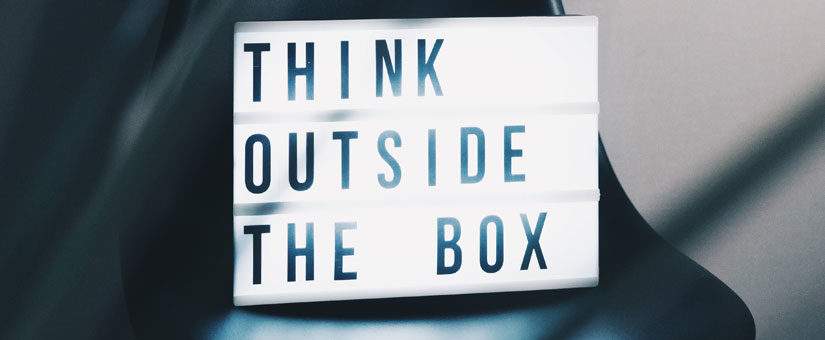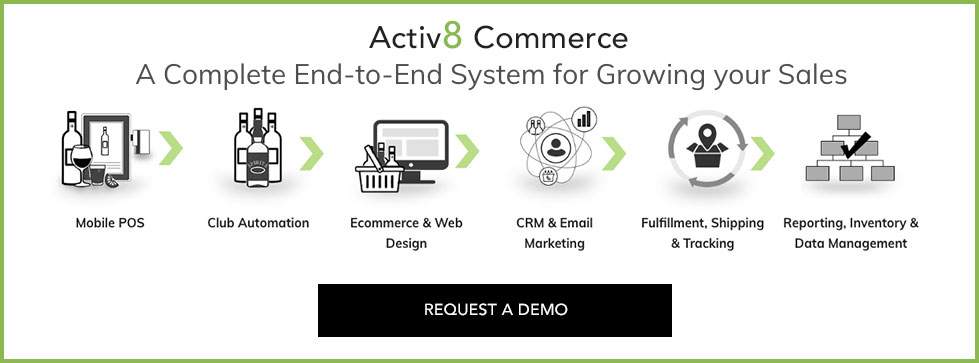
Marketing During a Crisis – Tips to Pivot Your Marketing Messages
Recession Marketing ProTip: Understanding consumer psychology and the underlying emotions is critical when advertising during a recession.
In the wine industry, we don’t typically analyze consumers’ psyches or emotions. We tend to think of our customers demographically – mid 40’s – 60’s, lives in New York, Texas, and Florida, HHI over $150k, and the like. But in times of stress, demographic segmentation may be less relevant than psychographic segmentations that take into consideration consumers’ behavioral reactions and the underlying emotions they are feeling at the time.
The coronavirus sanctions have created an undercurrent of fear, worry, and stress. People are looking for stress relief and a temporary distraction. By understanding and appealing to their emotional needs you have a better chance of connecting with and engaging them. This is not a novel approach. Research shows that ad campaigns that focus on emotional engagement tend to have a higher ROI than ad campaigns focusing on rational messages (such as low prices or special offers) even when times are not tough.
But how do you know what your consumers need to hear right now? To guide us, I found an insightful study in the Harvard Business Review that looked at marketing successes and failures of dozens of companies during recessions from the 1970s – 2010. HBR identified patterns in consumers’ behavior and resulting company strategies that either helped them succeed or ultimately fail during a recession. Additionally, they strongly encourage companies to understand the evolving consumption patterns and fine-tune their strategies accordingly.

For example, did you know that baking yeast is flying off the shelves? An NPR article on March 27th listed the products consumers are buying beyond the necessary cleaning products and everyday groceries. Baking yeast is high on the list – people are baking bread because it is comforting to make, smell, and eat. Two other items on the list are boxed hair dye and dress tops, which speak to the psychology of “keeping up appearances.” With the increase in video conferencing, these make complete sense.
So, how should we in the wine industry alter our strategies to fit the current climate? First, we need to understand the psychology of our customers. The HBR article suggests there are four key psychological segments and your strategic opportunities will strongly depend on which of the four segments your core customers belong to, and how they categorize your products.
- Slam-On-The-Brakes: These are the people who feel most vulnerable and/or are hardest hit, financially. This group cuts all their spending to the necessities. Although lower-income consumers typically fall into this segment, it also includes those anxious higher-income consumers who fear health or income changes.
- Pained-But-Patient: This group is the largest of the four segments and represents a broad income swath. While they are more resilient, pained-but-patient consumers are less confident about recovery, and their ability to maintain their current standard of living. So, they economize, but less aggressively. For these consumers, time is their enemy. As the current situation drags on many will migrate down to the slamming-on-the-brakes segment.
- Comfortably Well-Off: These are the consumers who feel secure about their ability to ride out the current and future changes in the economy. Their consumption patterns don’t change that much with one exception; they tend to be a little more selective (and less conspicuous) about the brands/companies purchased.
- Live-For-Today Segment: This segment carries on as usual. Typically, urban and younger, they are more likely to rent than own, and they spend on experiences rather than stuff (except for consumer electronics.) They’re unlikely to change their everyday consumption behavior unless they become unemployed.
In addition to the customer segmentation, the HBR article gives us some guidance with emotional product prioritization:
- Essentials: Necessary for survival or perceived as central to well-being.
- Treats: Indulgences whose immediate purchase is considered justifiable.
- Postponables: Wanted or needed items whose purchase can be put off.
- Expendables: Perceived as unnecessary or unjustifiable.

Wine is a luxury item no matter which way you slice it. But your price point and your target will fall into one of these four segments, and your product into one of these four prioritizations. Are you a high-priced allocation wine that mostly sells to the comfortably well-off that are comfortable spending money online? Or are you a strong on-premise brand for the pained-but-patients that would benefit from positioning yourself as an affordable treat in these uncertain times?
Wine over $20 is best targeted at the Comfortably Well-Off (our traditional wine club target audience), and the Live-For-Today-Segment (our emerging target, and typically our tasting room traffic) and should be positioned squarely in the treat/affordable luxury category.

So, how do we sort through all of this to create marketing and advertising campaigns and programs that recognize your customers’ psychological and emotional state? Here are my recommendations:
Support your brand by staying true to yourself
Look at your current plans through the lens of “would my winery do this if it wasn’t a crisis?” Tweak your messaging to dovetail with the psychological and emotional pressures your target market is feeling. When sales start to decline, the worst thing companies do is alter their brand’s fundamental proposition. If you have a high-priced and valuable wine, you may be tempted to decrease your price. This may confuse and alienate loyal customers. Drifting away from your established base may attract some new customers in the near term, but you will find yourself in a weaker brand position when the crisis is over. Your brand can acknowledge the new world but fundamentally should remain unwavering.
Move budgets toward measurable channels that fit with customers’ digital lifestyles
The Harvard Business Review article reported during the recession of 2008, marketers spent +14% more on online ads than they did over the same time frame in the previous year. Even before most of us were asked to “shelter in place,” our purchasing behavior had shifted significantly to digital platforms, driven by technology advances, access, and convenience. For marketers, the shift allows us to surgically target, show results, and pivot quickly. Even without a recession environment, marketing departments are under pressure to do more with less and demonstrate high returns on investment. Digital advertising is targeted and relatively cheap, its performance is easily measured, and it is where our customers live.
All businesses will increasingly compete on price
You may think that discounting is in opposition of #1 – but we didn’t say don’t offer discounts, we said don’t discount outside of what your brand would typically offer. Also, watch the frequency as you will likely feel pressured to increase the frequency of temporary price promotions. Three tips here:
- The article notes research shows discounts that require little effort from consumers and give cash back at the time of sale are more effective than delayed value, or “buy more” promotions. Look for the quick benefit, keep it easy, and keep the barriers low. Know your average order value. If your customers are used to buying 4 bottles an order, a case offer might be pushing it.
- Make sure you sign up for lots of mailing lists and carefully monitor consumers’ perceptions of “normal” price levels. As an industry, we need to watch over ourselves and not create “a new normal” that we can’t sustain. Excessive promotions lead consumers to revise their expectations about prices and this threatens profitability in the recovery period. People will resist the steep increases as prices return to “normal,” and extreme price deals only lead to costly price wars.
- Focus on giving extra value to consumers. As much as it may pain us, this is about them, not you. While it is tempting to ask for help from your most loyal customers, this is not of value to them in their current state of mind. In addition to offering temporary price promotions or list-price changes, improve perceived affordability by reducing the thresholds for volume-based, club member, or allocation discounts. Expand loyalty programs to reward not just big-time spenders, but also people who purchase small amounts frequently.
Keep your messaging calm and trustworthy
Last, but not least, in stressful and uncertain times consumers in all segments see familiar, trusted brands and their products as safe and comforting. Reassuring messages that reinforce your brand’s humanity and creates an emotional connection demonstrate empathy, as evidenced in the popular hashtag #alonetogether. But, remember empathetic messages must be backed up by actions demonstrating the brand is on their customers’ side.
The Harvard Business Review article concludes after 40 years of research, those brands that come out the other side of economic crisis will be stronger. First, the discipline around marketing strategy and research we develop during this time, and the ability to respond nimbly to changes in demand will continue to serve us when the economy recovers. And second, we should prepare now for a possible long-term shift in consumers’ values and attitudes, and a certain shift in where and how they shop.
NOTE: This article was edited and adapted from an article on Wine Industry Advisor.
- Posted by support
- On May 20, 2020
- 0 Comment



